Minnesota Housing announces 2017 awards for affordable housing
Minnesota Housing Finance Agency has been a Twin Cities Habitat for Humanity partner for nearly 20 years. We're thrilled that, this year, the agency...
4 min read
 Blake MacKenzie
:
1:36 PM on November 17, 2020
Blake MacKenzie
:
1:36 PM on November 17, 2020
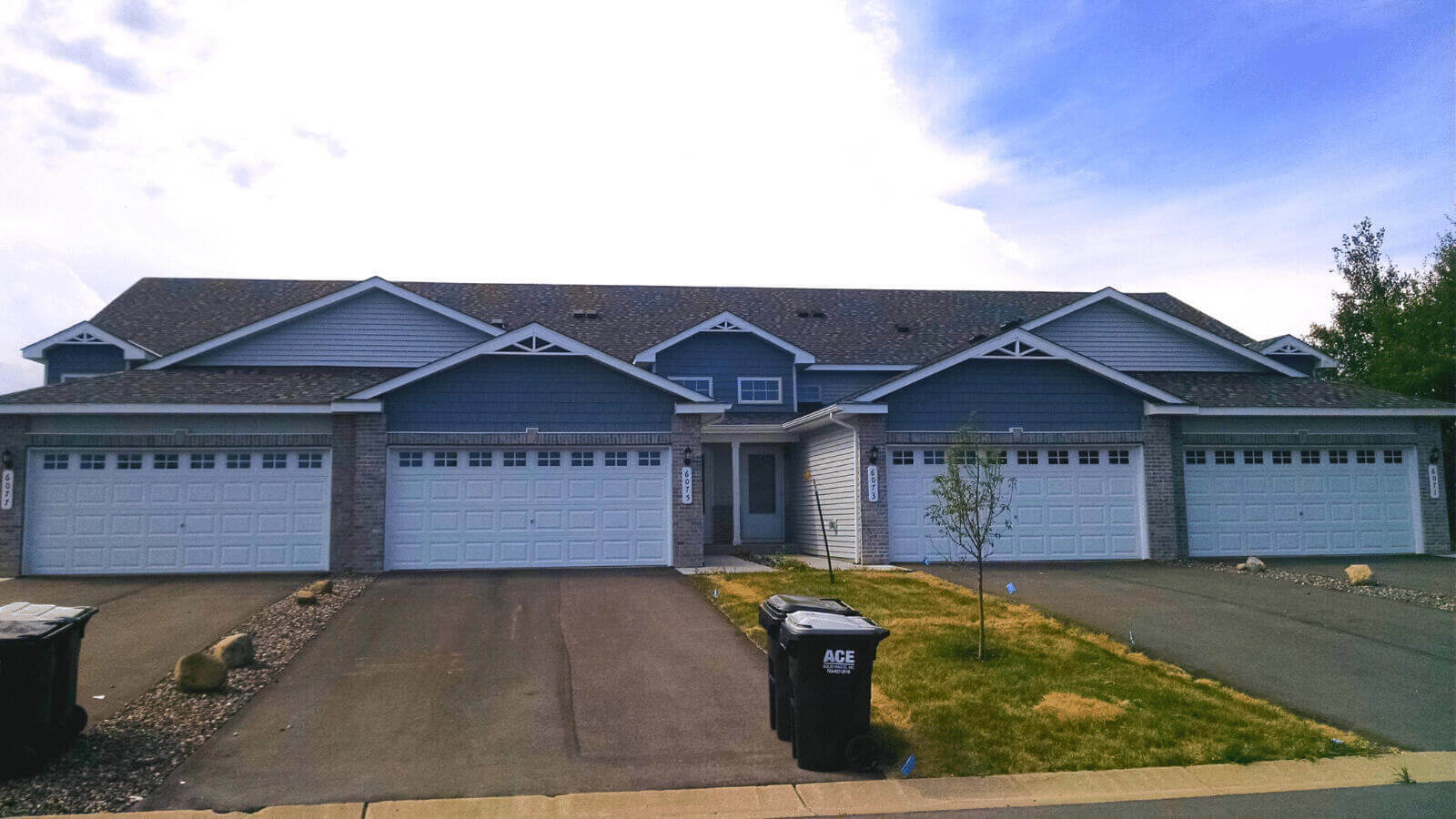
You might hear the term “affordable housing” used often, whether in the news or by someone you know. Sometimes misconceptions around affordable housing cause the term to take on a negative connotation. But a home that’s considered affordable – meaning the resident is paying no more than 30% of their income on housing – is a win for everyone.
Expanding access to safe, stable, affordable housing is also essential to undoing decades of racially discriminatory housing policies and move toward racial equity in homeownership between White families and families of color. That's why it's crucial we stick to the facts, rather than unfounded fears, when discussing affordable housing.
Here are some facts about affordable housing to set the record straight.
Let's start off with the most surprising – but true – fact about affordable housing: the bulk of federal housing subsidies don't actually support affordable housing. In fact, they disproportionally support wealthy homeowners. That's thanks to the Mortgage Interest Deduction (MID).
The MID allows homeowners to deduct interest paid on their mortgage(s) from their taxes. The larger a mortgage you have, or the more homes you have, the more you’ll be able to deduct. According to data from the Department of Housing & Urban Development (HUD), in 2015 the federal government spent $71 billion on the MID, and households earning more than $100,000 receive almost 90% of the tax benefits. It amounts to the single largest expenditure for housing on the federal level.
In contrast, in 2015 the federal government spent $29.9 billion on the Section 8 federal rental assistance program, which helps low-income renters afford their housing. And Section 8 only scratches the surface of what is needed to combat the affordable housing crisis.
Altogether, almost two-thirds of federal housing subsidies go to homeowners (the vast majority of whom are wealthy homeowners), while only one-third of federal housing subsidies goes to affordable housing for folks with lower incomes.
On top of that, decades of racially discriminatory housing policies expanded homeownership for White families while denying homeownership to Black families. That means the MID also disproportionally goes to White families over Black families. (Read more about the MID, including ideas to make it more equitable, in our Race & Housing blog on the topic.)
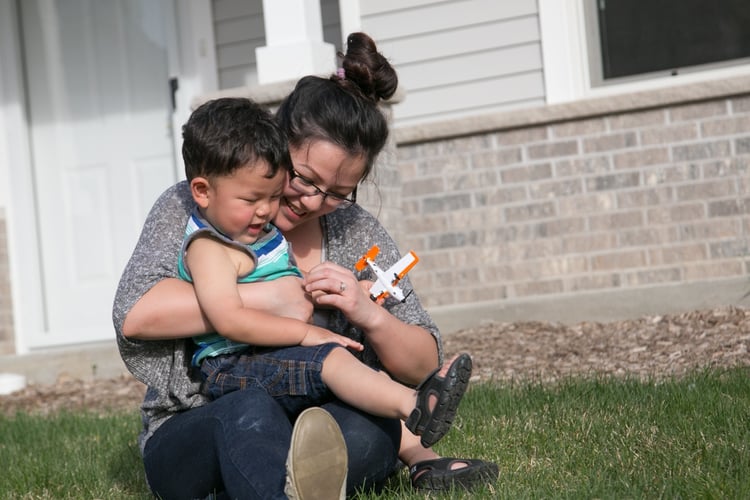
Research shows conclusively that affordable housing has no negative impact on home prices, or on the speed or frequency of sale of neighboring homes. Trulia has done extensive research on this across the country. They examined the nation’s 20 least affordable markets, analyzing over 3,000 projects with units for low-income earners over a 10-year period. As a whole, there was no significant effect on home values located near a low-income unit.
Trulia’s report states: “The bottom line for [people] who fear that property values will take a hit when a low-income housing project locates nearby is that their anxiety is largely unfounded - at least in cities where housing is either expensive or in short supply.”
Recently the New York Times profiled a Wisconsin suburb where an affordable housing development had been proposed. Initially, many residents opposed it for fear of rising property values and more crime. Those fears never materialized, and now that the apartments are built, many residents have seen the benefits and are supportive of future affordable housing in their city.
Building affordable housing doesn’t mean a developer can get out of design and construction standards put in place by the community. Ask a builder and they’ll tell you it makes sense to use the same quality materials and techniques for every housing unit in a development. You could drive through a few townhome developments throughout the metro and have no way of knowing which were Habitat townhomes and which were market-rate.
The reality is that affordable housing is affordable because public and private funds go into making it less costly to live in, and not because it’s lower-quality construction. In fact, Twin Cities Habitat builds many of our new construction homes to meet LEED certification standards and we are the #1 builder of ENERGY STAR rated homes in Minnesota.
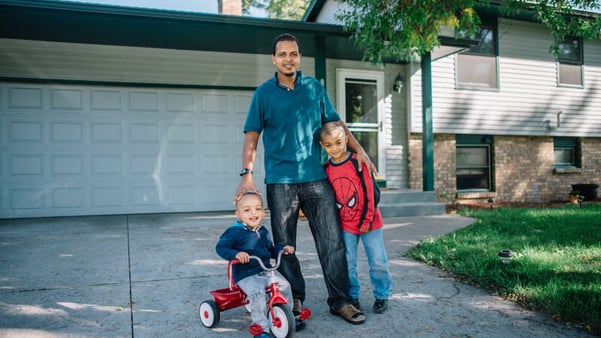
As rents rise and wages stagnate, families are forced to move repeatedly to find affordable options. That means their children are not able to stay in the same school for long, resulting in lower test scores on standardized tests.
When a child has a stable home, and can remain in a single school system, their test scores rise. This also means children are able to cultivate long-term relationships that will give them a foundation for success.
It’s simple math: the more housing costs eat up your income, the less you have to invest elsewhere. For folks who need to spend more than a third of their income on housing, things like healthcare, nutritious food, education, transportation, saving for the future, and investing in the local economy get harder to pay for. When you have a home that’s affordable for you, all those other areas of your community benefit as well.
Additionally, more often than not, affordable housing enhances local tax revenues by improving substandard housing stock. Instead of low or no payment of taxes by distressed properties, affordable homeowners and renters contribute to the community. For example, Twin Cities Habitat homeowners contribute millions in property taxes each year.
Whether you rent or own, if your housing is affordable you can stop moving as frequently and put roots down in your community. And that’s a win for everyone.

Everyone should be able to afford a safe, stable home in the town where they work and where their kids go to school. A lack of affordable housing impacts many people who make communities successful: employers, seniors, immigrants, low-wage or entry-level workers, firefighters, nurses, military personnel, teachers, etc.
Families buy homes with Twin Cities Habitat across the seven-county metro area, from St. Paul to Shakopee, because affordable housing is needed everywhere. It’s just as important to ensure affordable housing in historically disinvested neighborhoods in Minneapolis as it is in the suburbs.
Unfortunately, there is an all-too-common perspective that affordable housing is acceptable as long as it’s “not in my backyard” (often abbreviated to NIMBY). The NIMBY opposition to housing investments can be a major hurdle for developers like Habitat, and it often perpetuates segregation and inequity.
Ultimately, expanding access to affordable housing everywhere will help fulfill the dream of the 1968 Fair Housing Act, which had two goals:
This second goal, known as Affirmatively Furthering Fair Housing (AFFH), has been resisted for decades, resulting in persistent racial segregation in communities across America. Despite some progress in this area in the 2010s, the department of Housing and Urban Development (HUD) suspended AFFH policies in 2020. (Check out part 1 and part 2 of our AFFH blogs to learn more.)
Too often a NIMBY stance is informed by misconceptions and myths perpetuated by decades of racially discriminatory housing policies. Hopefully these facts help.
Thankfully, plenty of people are saying “Yes, in my backyard!” to affordable housing and Habitat, helping our mission of making affordable housing for all people a matter of conscience. You can make a difference in many ways—like visiting our advocacy page to see how you can raise your voice for affordable housing.
Your gift unlocks bright futures! Donate now to create, preserve, and promote affordable homeownership in the Twin Cities.
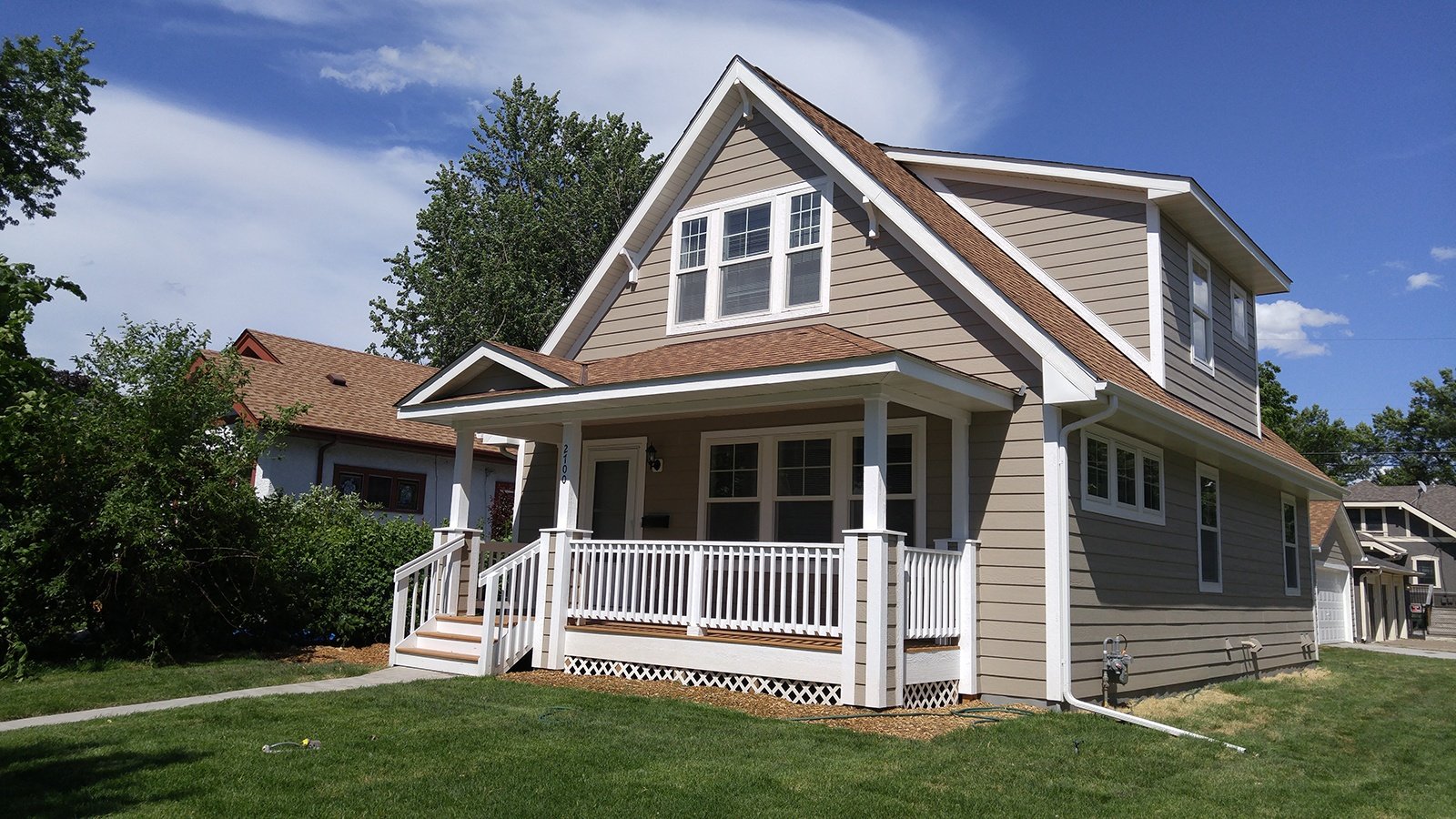
Minnesota Housing Finance Agency has been a Twin Cities Habitat for Humanity partner for nearly 20 years. We're thrilled that, this year, the agency...
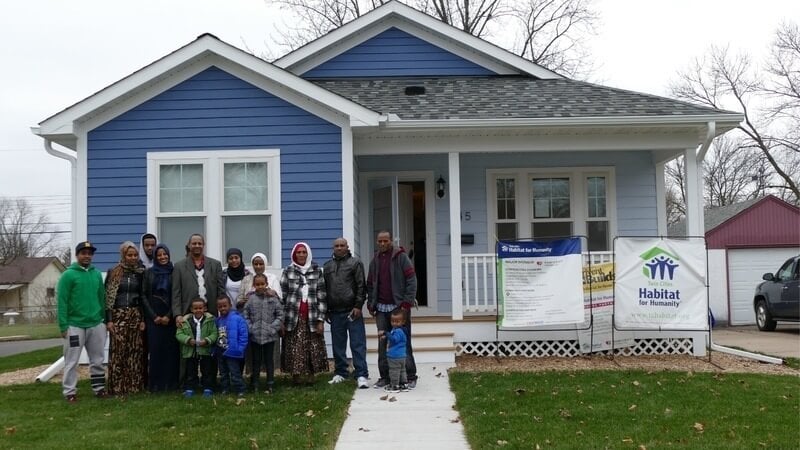
The need for affordable housing is a fact of life in most communities across the country, yet myths, fear, prejudice, and misunderstanding often...
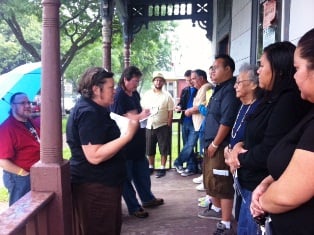
Twin Cities Habitat for Humanity (TCHFH) began its official Neighborhood Revitalization Initiative work when we were selected to be a part of the...